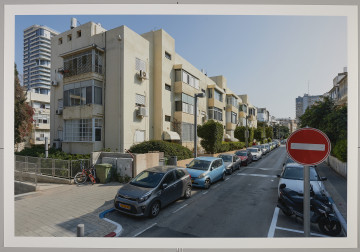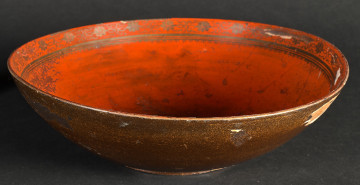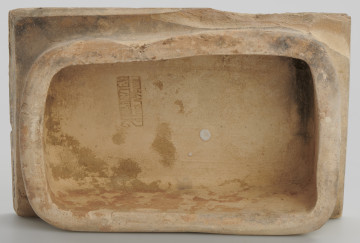
Workers' housing estate, Tel Aviv
2019
Museum of the history of Polish Jews
At the turn of 2019/2020 for the occasion of the 100th anniversary of the city of Gdynia and the 110th anniversary of the founding of Tel Aviv the POLIN Museum of the History of Polish Jews has prepared a temporary exhibition "Gdynia - Tel Aviv". The exhibition presented similarities of the two cities located almost 3,000 km apart, focusing primarily on their Polish-Jewish history and characteristic modernist architecture. It was a starting point for telling a story of the "white cities of tomorrow", so-called from the symbol of the smooth, light, glass wall of a modern house, designed for the new era. | As emphasized in the exhibition narrative and in its catalogue (see Wojciech Szczurek, no title, "Gdynia - Tel Aviv Exhibition Catalog", Warszawa 2019, pp. 10-11): both cities were established in countries that did not formally exist a few years earlier, both were also created in an area where no other city had ever existed before. The creators of the metropolis were not constrained by the existing street networks, that were adapted in earlier times to the old needs of urban complexes. They also did not have to face the challenge of the existence of any architectural objects, obliging them to enter into a dialogue with them or for the new construction to comply with them. Urban planners and architects could create metropolises that fully meet the needs of a modern community and the role they were to fulfil: becoming ports - gateways to the world and showcases of newly emerging countries. | Modernism was the ideal style for achieving the goal, it was the most modern trend at that time - putting functionality before decorative facades, characterized by simple forms. However, this does not mean, that the modernist buildings constructed in Gdynia and Tel Aviv are boring or visually uninteresting. In addition to their functionality, their value is also determined by the proportions of solids, walls and window openings, as well as the economical, visually tasteful details of balcony barriers, doors and window joinery. | The exhibition showed it owing to, among others, a photo report by Wojciech Wilczyk. In 2019 at the request of the museum, he made photographs of selected architectural objects in Gdynia and Tel Aviv. After the exhibition, the works were transferred to the Museum's collection, thus supplementing the collection of artistic photography, which also includes the photography series by Wojciech Wilczyk “Nie winne oko nie istnieje" [Inocennt eye does not exist]. | JO
Znaleziono 10 obiektów

18th century
Castle Museum in Łańcut

ante 1939
Museum of the history of Polish Jews

20th century
Castle Museum in Łańcut
DISCOVER this TOPIC
Castle Museum in Łańcut
DISCOVER this PATH
Educational path